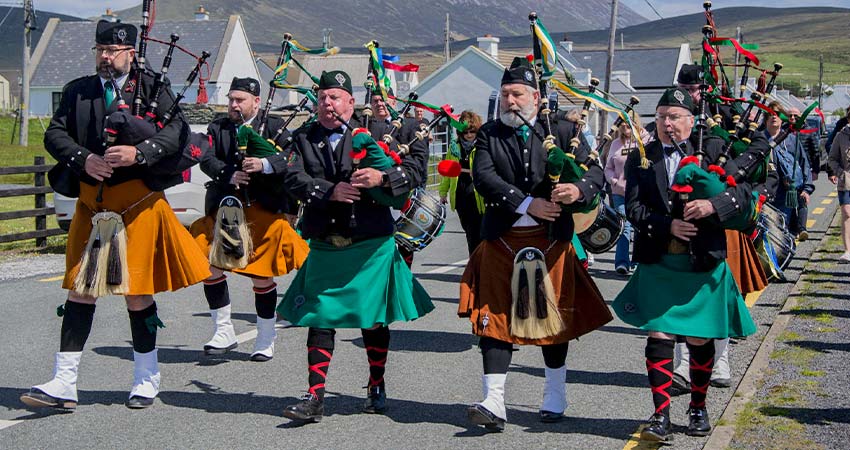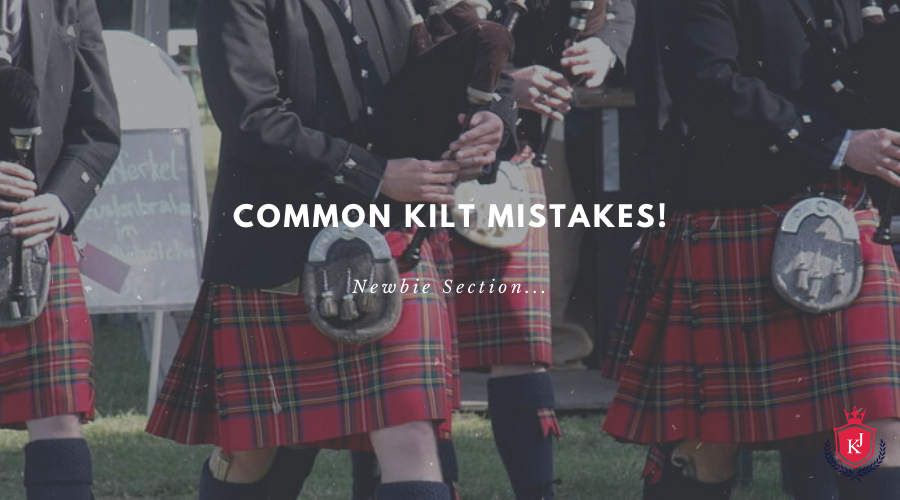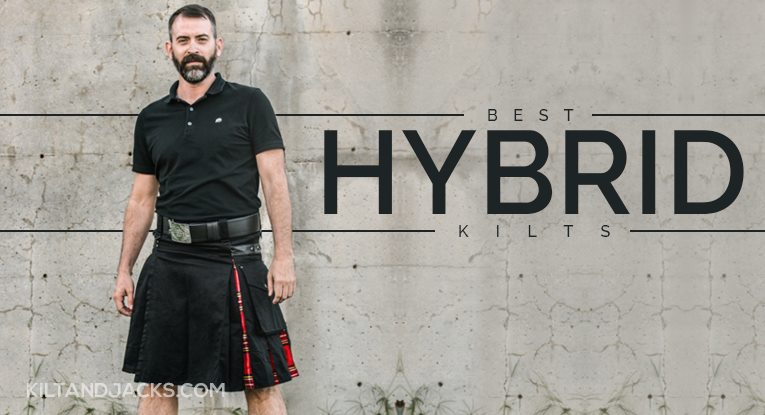The image of a kilt-clad Scotsman striding across the Highlands is deeply ingrained in popular culture. But what about the Irish? When it comes to traditional Celtic attire, one may wonder: Do Irish wear kilts? In this article, we will delve into the fascinating world of Irish clothing traditions, exploring the history, significance, and contemporary practices surrounding kilts in Ireland. Join us on this sartorial journey as we unravel the mystery and shed light on the subject.
Table of Contents
Ireland’s Rich Clothing Heritage
Ireland has a rich and diverse heritage, including a vibrant history of clothing traditions. From ancient times, the Irish people developed their distinct style of dress, reflecting their unique culture and influences from neighboring regions. While kilts are commonly associated with Scotland, the traditional Irish attire showcases its own distinctive features.
The Traditional Irish Garb
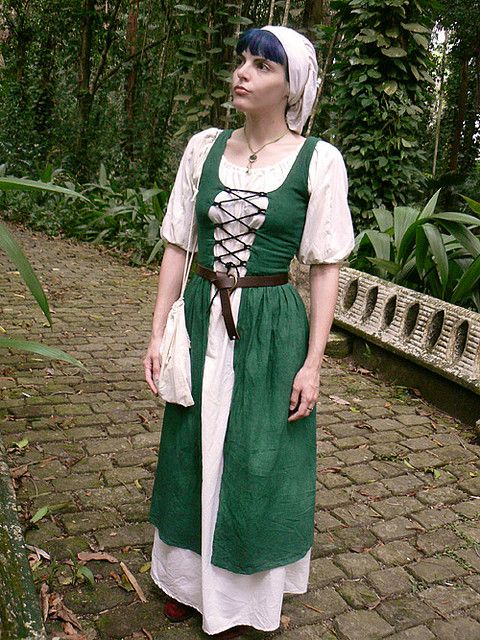 The traditional Irish clothing consists of various elements that differ from the Scottish kilt. The most recognizable piece is the léine (pronounced “lay-nuh”), a loose-fitting, long-sleeved linen shirt worn by both men and women. It served as a base layer for other garments and often displayed intricate embroidery or embellishments, reflecting regional styles.
The traditional Irish clothing consists of various elements that differ from the Scottish kilt. The most recognizable piece is the léine (pronounced “lay-nuh”), a loose-fitting, long-sleeved linen shirt worn by both men and women. It served as a base layer for other garments and often displayed intricate embroidery or embellishments, reflecting regional styles.
The Brat
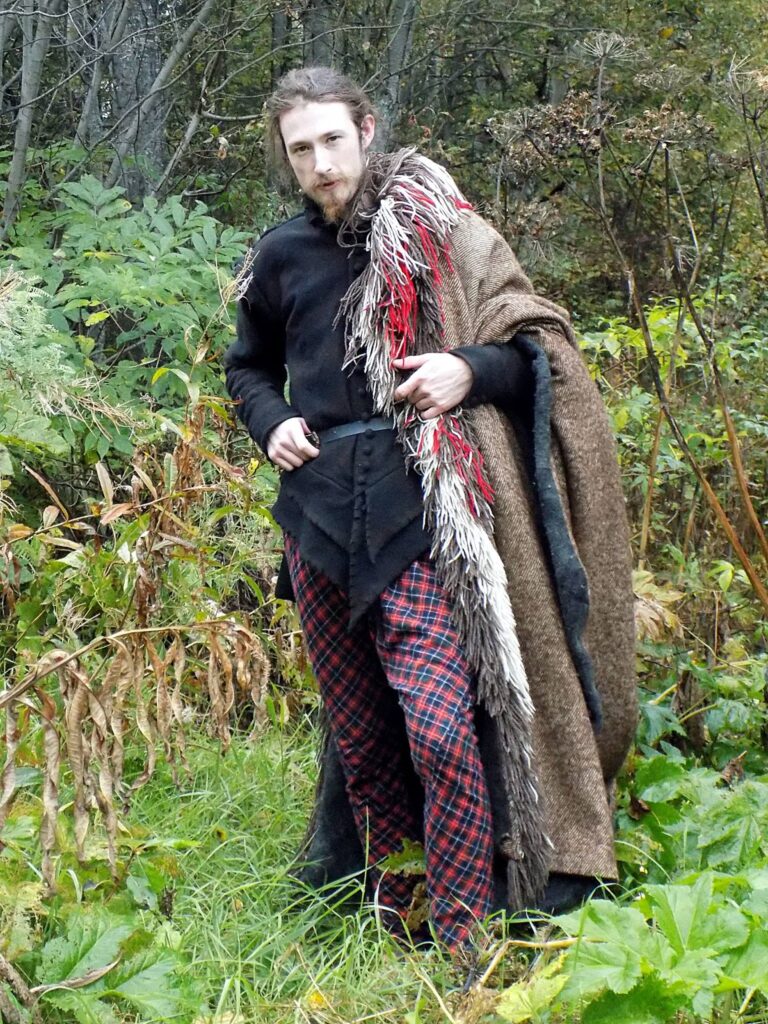 Another traditional Irish garment is the brat, a large cloak or shawl made from wool. The brat was commonly worn by both men and women, serving as protection against the harsh weather conditions prevalent in Ireland. It was typically made from locally produced wool and featured regional patterns and designs.
Another traditional Irish garment is the brat, a large cloak or shawl made from wool. The brat was commonly worn by both men and women, serving as protection against the harsh weather conditions prevalent in Ireland. It was typically made from locally produced wool and featured regional patterns and designs.
The Irish Kilt
While kilts are not traditionally worn by the Irish, a unique form of kilt-like garment called the “féileadh mór” has been associated with Irish Highland communities. The féileadh mór is a belted, wrap-around garment that resembles the Scottish kilt in some ways. It consists of a large piece of fabric, usually tartan or plaid, fastened with a belt at the waist. The féileadh mór was primarily worn by Irish soldiers, particularly those in the Irish Brigade who served in France and other European countries.
Modern Usage and Revival
In contemporary Ireland, kilts have gained popularity as a fashion choice and cultural statement, particularly for Irish individuals with Scottish ancestry. Many people of Irish descent who want to celebrate their Celtic roots may choose to wear kilts during special occasions, such as weddings, festivals, or St. Patrick’s Day celebrations. This trend is often driven by a desire to honor both their Irish and Scottish heritage.
Furthermore, Irish pipe bands, which have a strong presence in many Irish communities worldwide, often incorporate kilts into their uniforms. The combination of bagpipes, kilts, and traditional Irish tunes creates a unique fusion of cultural expressions that captivates audiences.
The Influence of Scottish Kilts
It is essential to acknowledge the historical and cultural connections between Ireland and Scotland, which have influenced the exchange of traditions, including clothing styles. Over the centuries, the movement of people, ideas, and customs across the Irish Sea has contributed to a cross-pollination of cultural practices. This exchange has given rise to similarities in clothing choices, including the adoption of kilts by some individuals of Irish descent.
Do Irish Wear Kilts?
So, do Irish wear kilts? The answer is not a simple yes or no. While kilts are not an inherent part of traditional Irish clothing, the modern cultural landscape and the desire to celebrate Celtic heritage have led to the adoption of kilts by some individuals of Irish descent. It is important to understand that this phenomenon is more of a personal choice or a fashion statement rather than a deeply rooted tradition.
The beauty of cultural expression lies in its evolution and adaptation over time. The Irish people, known for their rich folklore, music, and dance, have always found ways to honor their heritage while embracing new influences. The incorporation of kilts into Irish celebrations and events is an embodiment of this dynamic cultural spirit.
It is fascinating to witness the interplay between Irish and Scottish cultures, with their shared history and intertwined traditions. The exchange of ideas and practices has given rise to a cross-pollination of clothing styles, resulting in the occasional appearance of kilts in the Irish context.
It is worth noting that when Irish individuals choose to wear kilts, they often do so with a deep appreciation for their heritage and a desire to connect with their Scottish roots. It is a testament to the enduring allure and symbolism associated with kilts that transcends national boundaries.
In conclusion, while kilts are not a traditional component of Irish clothing, the modern Irish cultural landscape reflects a diverse range of influences. The adoption of kilts by some Irish individuals serves as a testament to the interconnectedness of Celtic cultures and the importance of personal expressions of heritage.
Whether one chooses to wear a kilt, léine, brat, or any other traditional or contemporary Irish garment, what truly matters is the celebration and preservation of Irish culture in all its forms. So, the next time you come across an Irish celebration or event where kilts make an appearance, remember the fascinating fusion of history, heritage, and personal choice that brings them together.
While the question “Do Irish wear kilts?” may not have a straightforward answer, it opens the door to exploring the ever-evolving nature of culture and the diverse ways in which people connect with their roots. Ultimately, the choice to don a kilt or any other garment lies in the hands of individuals, as they embrace their unique heritage and celebrate their cultural identity in a world that continually evolves.
References:
- IrishCentral. (n.d.). The history of the Irish kilt. Retrieved from https://www.irishcentral.com/roots/history/history-irish-kilt
- The Irish Store. (2021, March 5). Irish national clothing – What do Irish people wear? Retrieved from https://www.theirishstore.com/blog/irish-national-clothing-what-do-irish-people-wear/
- O’Grady, J. (2020, May 28). Do the Irish wear kilts? Retrieved from https://www.irishpost.com/life-style/do-the-irish-wear-kilts-186700
